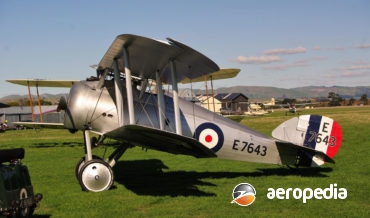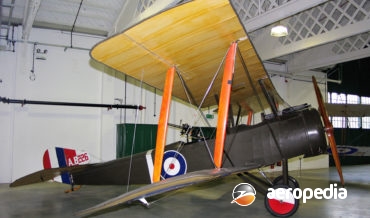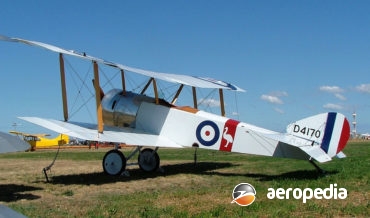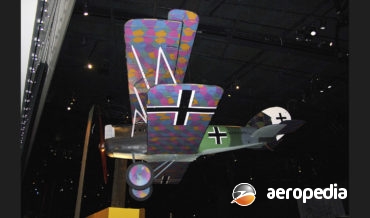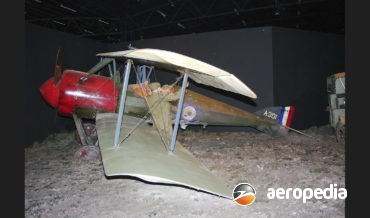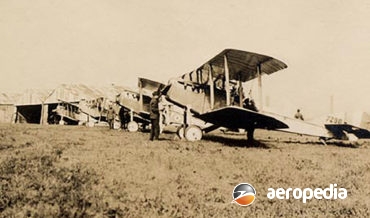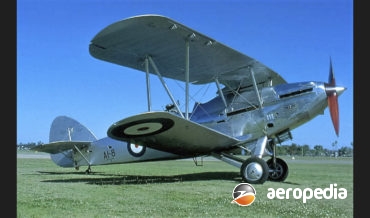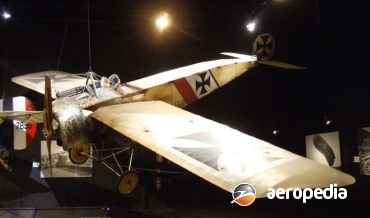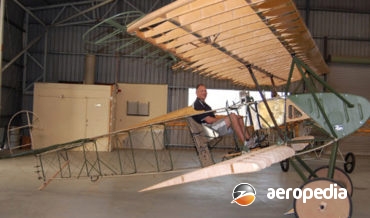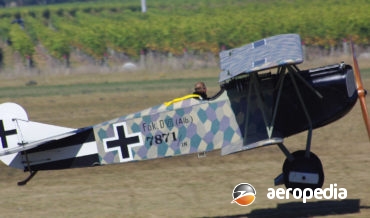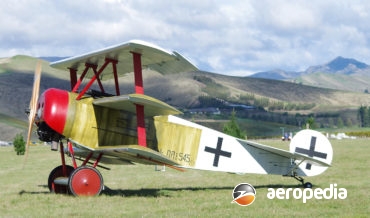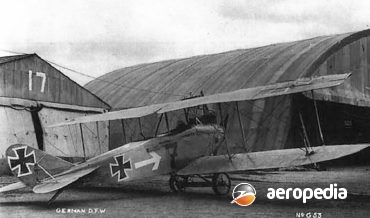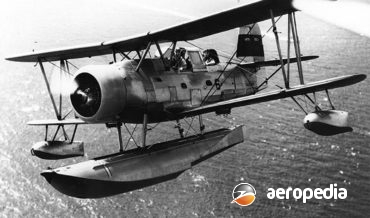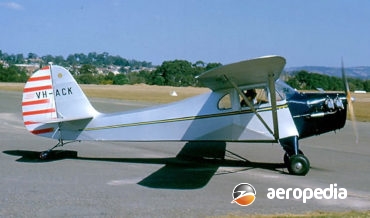All Contents
Contents
The Type N was designed and built by Aeroplanes Morane-Saulnier, Societe anonyme de Constructions Aeronautiques in Paris, the prototype being taken to a flying meeting held at Aspera in Vienna in late June 1914, the pilot being Roland Garros.
David C. Eyre
- June 28, 2020
The Kingfisher was designed in 1957 by Rex Beisel of the Chance Vought Aircraft Division of United Aircraft Corp as a two-seat scout and observation aircraft for the US Navy, with the capability of being launched from catapults on board battleships, cruisers, and a number of destroyers.
David C. Eyre
- May 19, 2019
Designed by Herbert Smith, chief designer of the Sopwith Company, as a replacement for the Camel, the 7F.1 Snipe first appeared in mid 1917.
David C. Eyre
- May 19, 2019
The Tabloid was one of the outstanding aeroplanes produced in Great Britain before the beginning of World War I and, in the hands of Australian born test pilot Harry Hawker, caused a sensation at Hendon on 29 November 1913 when first demonstrated to the public.
David C. Eyre
- May 19, 2019
In order to design an aircraft that was superior to any produced in Germany, the design team at Sopwith in early 1916 designed a triplane, this machine having three narrow chord wings but the wing area giving plenty of lift.
David C. Eyre
- May 19, 2019
The Sopwith 1½ strutter was the first Sopwith aircraft to achieve widespread use as a fighting aeroplane.
David C. Eyre
- May 19, 2019
The Sopwith Pup was one of the most successful aeroplanes of the World War I era, having aesthetic appeal and delightful handling qualities.
David C. Eyre
- May 19, 2019
The Pfalz D.XI appeared at the June 1918 German fighter trials at Adlershof and was shown in two models, one with a Mercedes D.IIIa engine and the other with a BMW III engine.
David C. Eyre
- May 19, 2019
Following the interest, and some success, with Triplanes by other manufacturers in Europe, Pfalz developed the Dr.1 Triplane, the prototype of which was powered by a 119 kw (160-hp) Siemens Halske Sh III geared rotary engine.
David C. Eyre
- May 19, 2019
The Plalz D.III or Scout was built by the Pfalz Flugzeug Werke on the Rhine River and designed by Rudolfo Gehringer following the completion of orders for the E-type monoplanes.
David C. Eyre
- May 19, 2019
The Model BB was one of a number of fighter designs produced in France during World War I by Societe Anonyme de Aeroplanes Morane-Saulnier.
David C. Eyre
- May 19, 2019
Prior to World War I George Handasyde and Paul Martin built a number of designs of other manufacturers, eventually becoming a major supplier of fighting aircraft to the allies during World War I.
David C. Eyre
- May 19, 2019
The Martinsyde S.1 was a single-seat biplane scout operated mainly in the European theatre.
David C. Eyre
- May 19, 2019
The lack of potent fighter aircraft was evident in the United Kingdom in 1930 when, during exercises, the Hawker Hart bombers of the RAF were too fast for the then RAF fighter aircraft, the Armstrong Whitworth Siskin, to intercept.
David C. Eyre
- May 19, 2019
The Halberstadter Flugzeugwerke, formerly the German office of the Bristol & Colonial Aeroplane Company, produced a series of fighter aircraft for the German Airforce prior to and during World War I.
David C. Eyre
- May 19, 2019
The E.III was a single-seat fighting scout produced by Fokker to meet the requirements of the German Air Force in World War I.
David C. Eyre
- May 19, 2019
The Fokker D.I and D.IV were developments by Fokker of the M.18 prototype, the D.I being the production variant of the M.18z, the ‘z’ indicating Zweistielig, meaning a two strut or two bay biplane.
David C. Eyre
- May 19, 2019
In January 1918 comparison tests were made by the German Army Air Service to obtain an aeroplane with technical superiority over the enemy.
David C. Eyre
- May 19, 2019
Although one of the most famous aircraft of World War I, the Dr 1 was not in fact one of the great combat aircraft of that era.
David C. Eyre
- May 19, 2019
Deutsche Flugzeug-Werke (DFW) produced the C.V during World War I, this being one of the best two-seat fighters built during that conflict.
David C. Eyre
- May 19, 2019
The SOC Seagull was a two-seat scout / observation aircraft designed by Alexander Solla and built for the US Navy by the Curtiss-Wright Corporation.
David C. Eyre
- May 19, 2019
For a period in the 1920s Thomas-Morse fighters were the main equipment of the front-line pursuit squadrons of the US Army and US Marine Corps and were produced in large numbers.
David C. Eyre
- May 8, 2019
The Spad series of fighting scouts was produced by the Societe Pour Aviation et ses Derives (SPAD), the chief designer being Louis Bechereau.
David C. Eyre
- May 8, 2019
It seems there were two Junkers J.1 aircraft, the first, the Blechesel,known as the‘Tin Donkey” or “Sheet Metal Donkey” being the world’s first practical all-metal monoplane and appeared at the beginning of World War
David C. Eyre
- May 8, 2019
The Aeronca K Scout series of light aircraft was a side-by-side two-seat light cabin monoplane introduced to the Aeronca range of aircraft in 1937. Powered by a 30-kw (40-hp) Aeronca E-113-CBD engine, it was subsequently produced in a number of models with a variety of power plants to meet customer
David C. Eyre
- May 8, 2019
Recent Comments
Archives
Categories
- No categories
Categories
- No categories
Latest Posts
Newsletter



